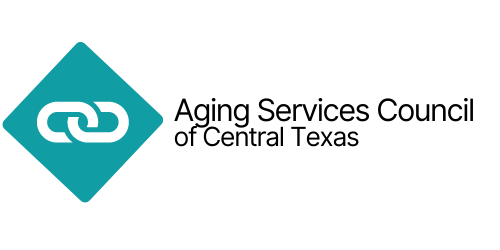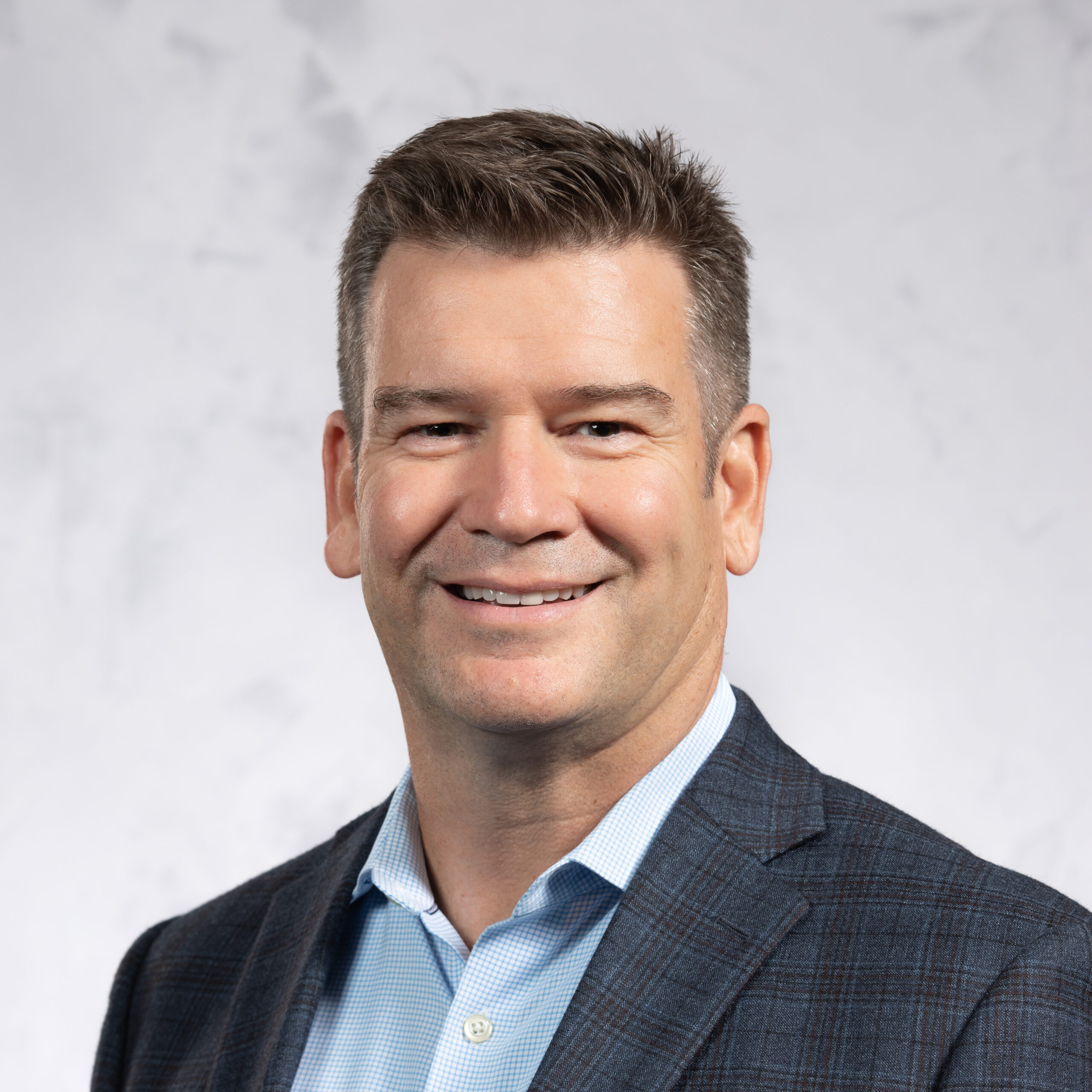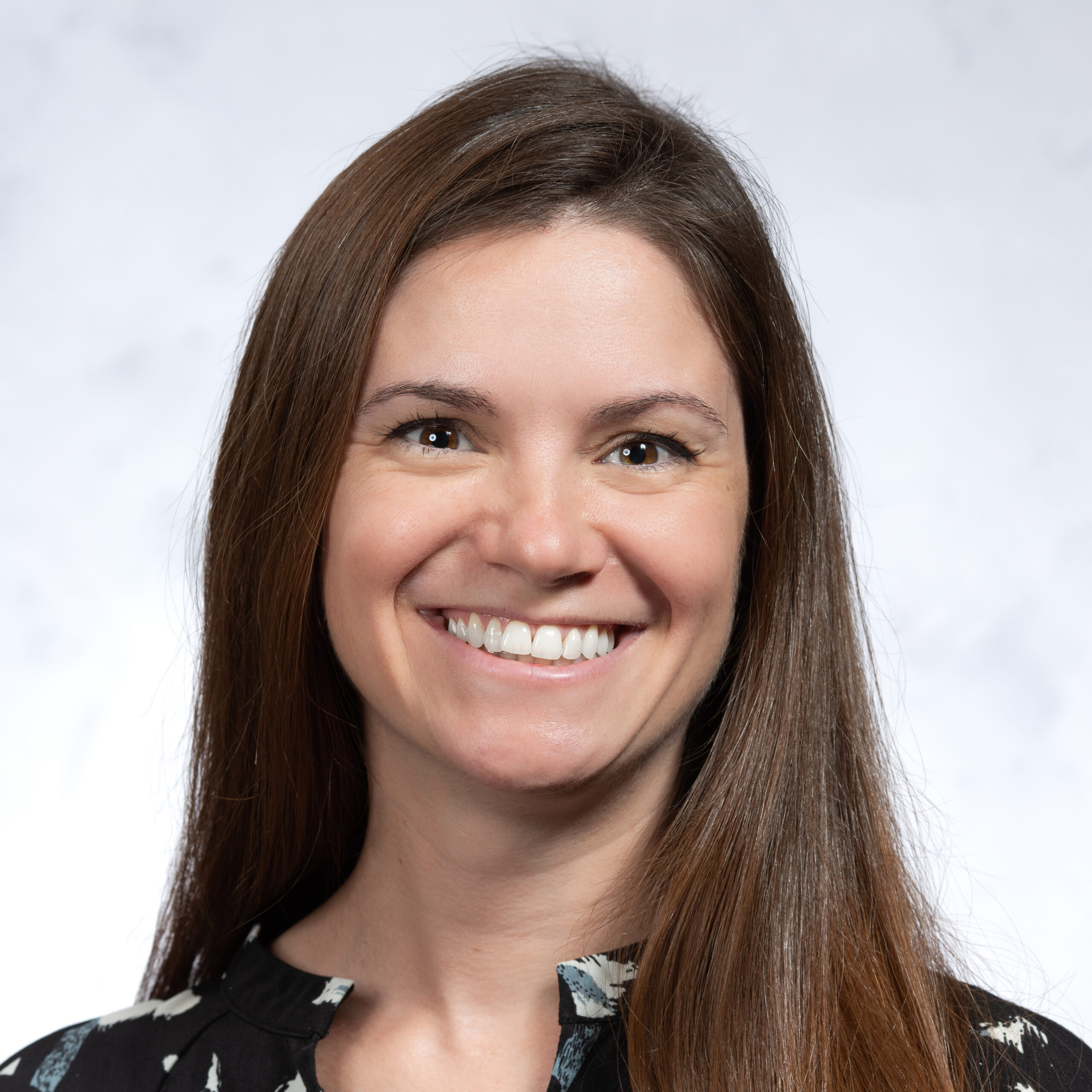Home > Research & Insights >
Research
Aging in Central Texas
Understanding the needs and opportunities
Takeaway
The research provides a point-in-time view of needs and opportunities in Central Texas pre-pandemic. While much has changed due to COVID-19, there are still many aspects of the research that support our community in developing a plan forward together. In particular, the data around end of life planning continues to serve as a key resource for the Foundation as we partner with our community to address aging issues.
These research projects were funded by St. David’s Foundation through the Aging in Place priority area. They support the goal to support older adults live safely and independently in their own communities.
Key Issue:
By 2050, the number of adults over 85 years old will be five times what it was in 2010, and there will be triple the number of adults 65-84 years old (Demographics.texas.gov Population projections Brief). This rapid growth in the aging population will lead older adults to become nearly one-fifth of the Central Texas population in the next twenty years (U.S. Census Bureau, 2015 American Community Survey 1-Year Estimates, K200104). Supporting older adults to live safely and independently in their own community is central to our goal to support aging in place initiatives.
Findings:
A phone survey conducted in 2019 by NuStats Research Solutions assessed the gap between challenges experienced and services offered. SUMA Social Marketing then conducted four focus groups in Travis and Bastrop counties in early 2020 to better understand older adults’ experiences around social isolation, caregiving, accessing information, and establishing advance directives. Together, these studies answered these important questions:
- What is it like to age in Central Texas?
- What services are most needed? How do older adults access information about those services?
- What support or inhibits end of life planning? What level of understanding do older adults have related to advance directives specifically?
- How do older adults in Central Texas maintain social connection?
Shortly after the focus groups were completed, COVID-19 changed life for all Central Texans. Aging in Central Texas shifted dramatically as shelter-in-place orders were announced, limiting many of the social outlets that participants had shared as what they loved about aging in Central Texas. For those reporting challenges with basic needs such as food, housing, or healthcare, the disparities grew starker. For all, the ability to maintain social connections became challenging and new health concerns emerged. Service providers adapted and found new ways to connect with their clients and members.
The End of Life Planning report shares findings related to this portion of the research. Key findings include:
- 51% of older adults in Central Texas reported having an advance directive in place.
- Many focus group participants shared their adult children as their biggest barrier to completing end of life plans due to a lack of readiness to discuss their parents’ death.
- Additional challenges include cost, complexity of legal process, and the decision of who to put in control of their affairs.



In partnership with St. David’s Foundation, Aging Services Council of Central Texas set out to better understand how Central Texas nonprofits can meet the needs of older adults today and scale services as the population grows through two complementary research projects: a 2019 telephone survey of older adults and focus groups.

